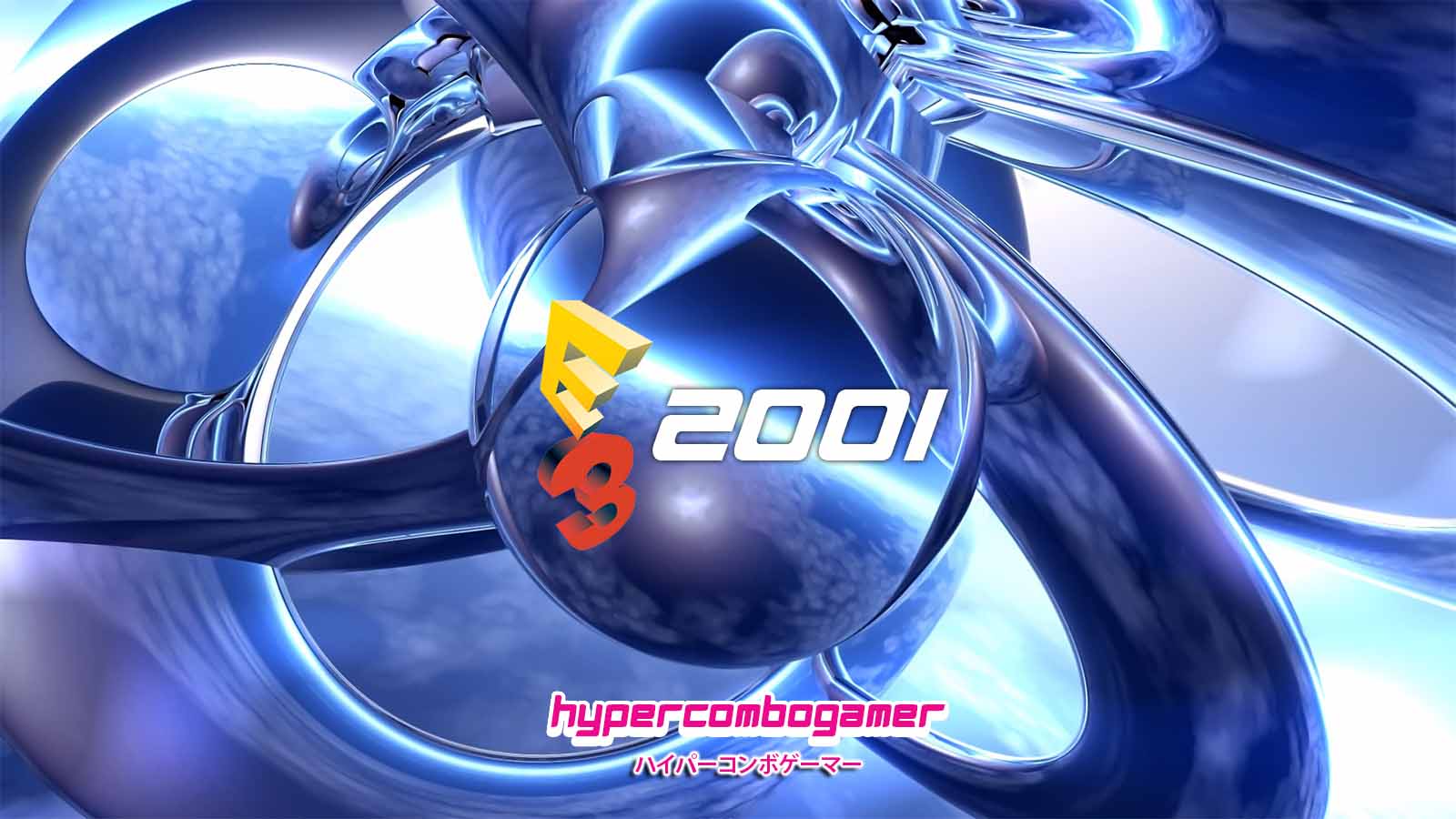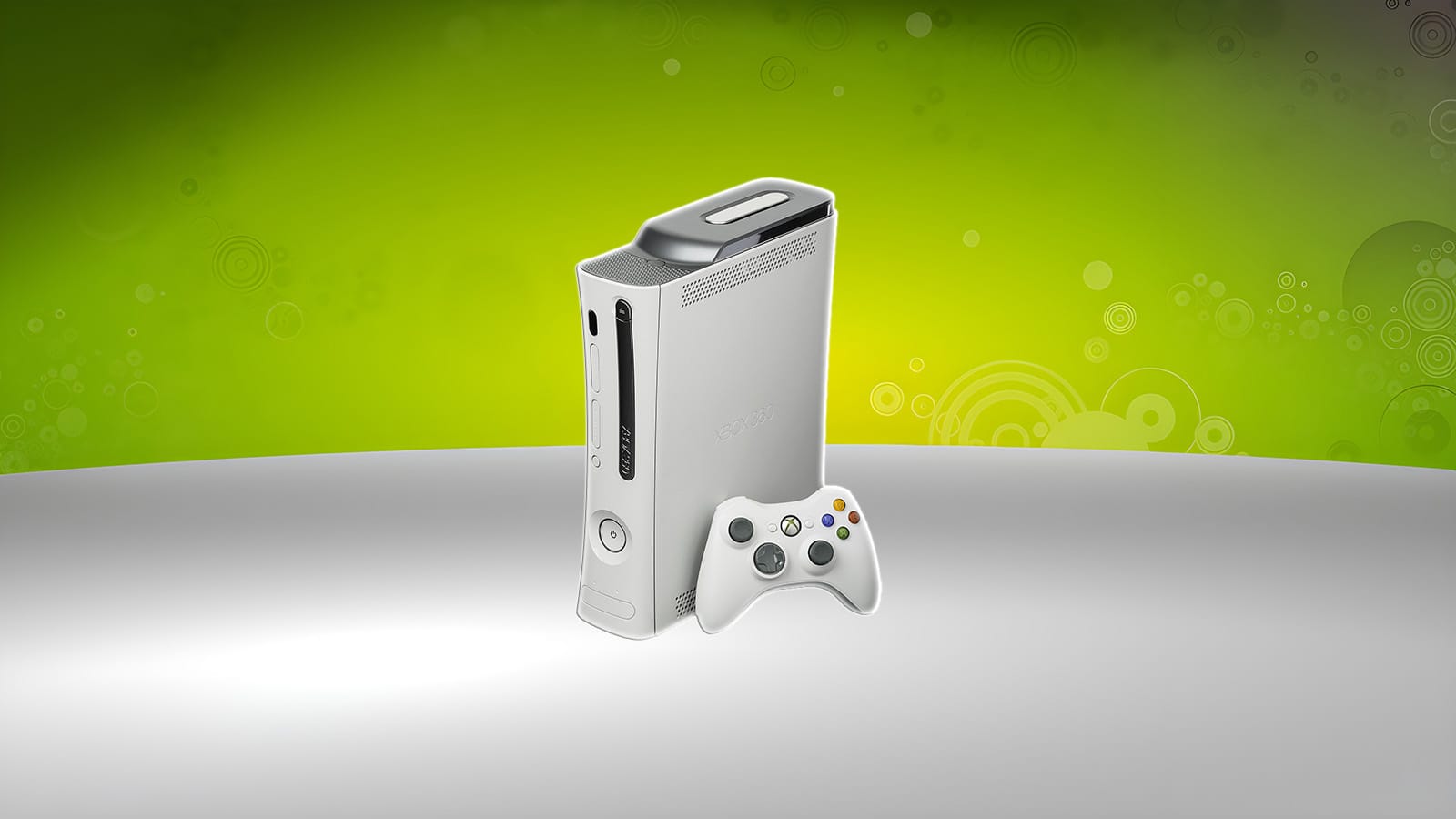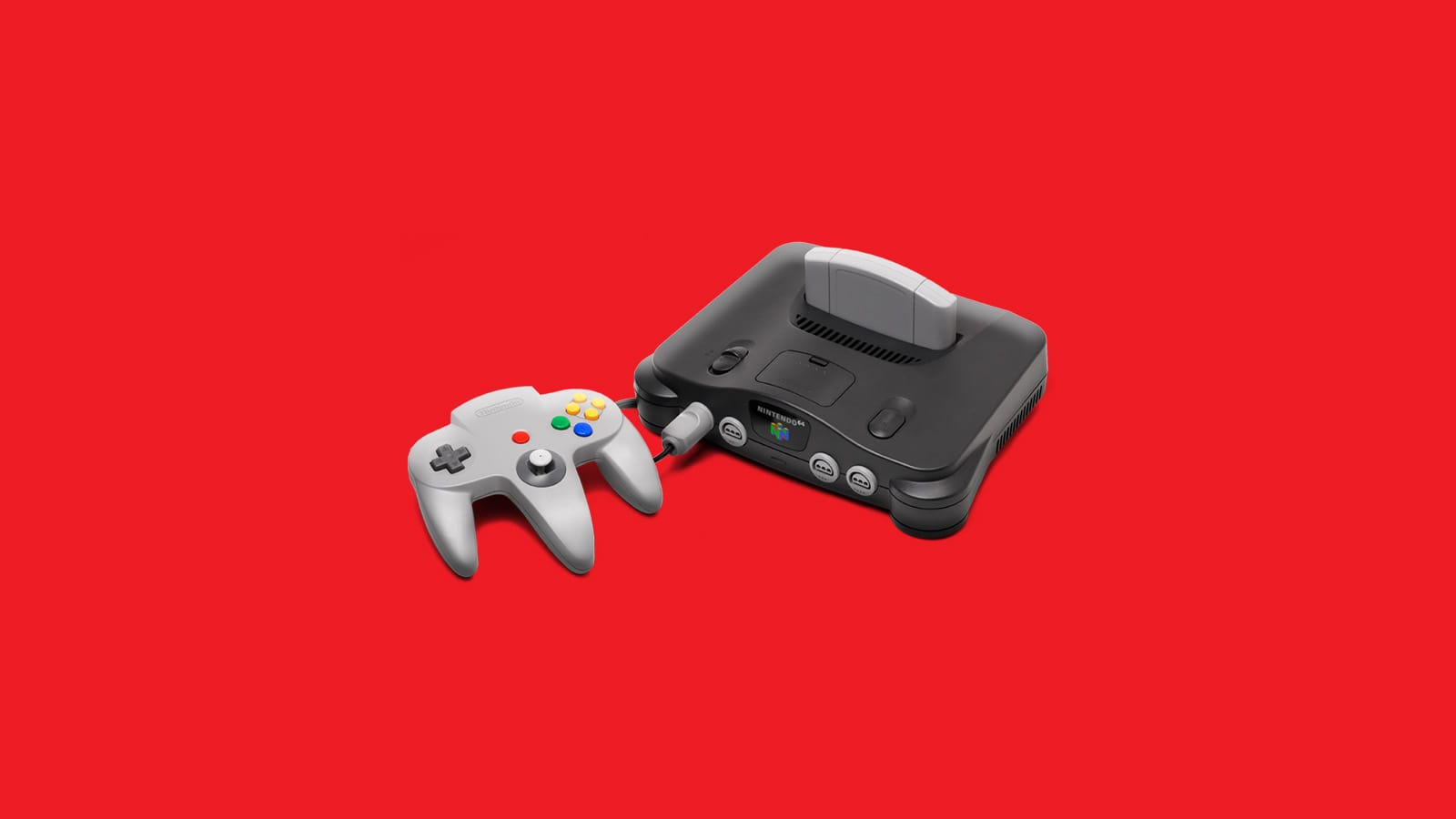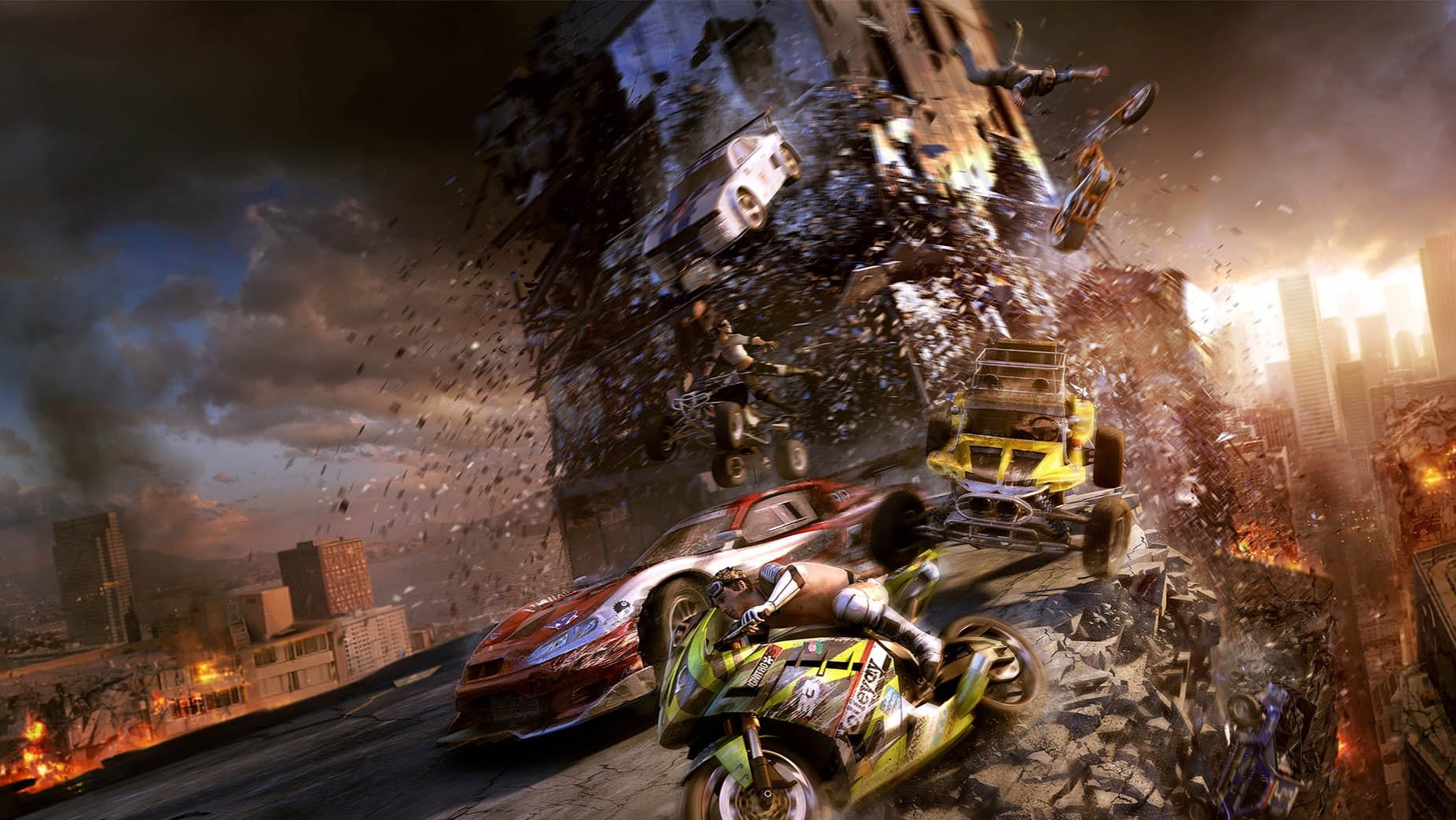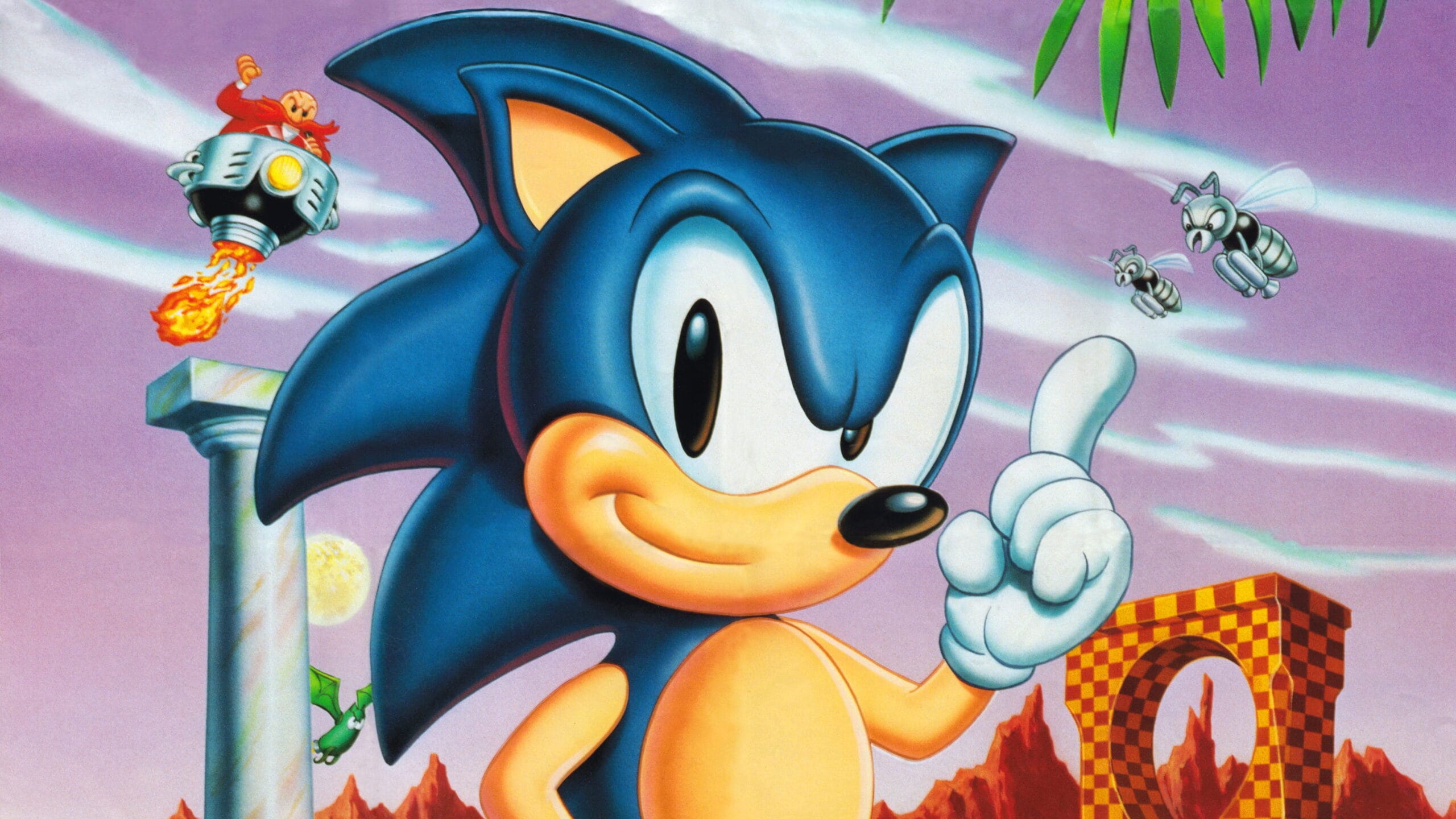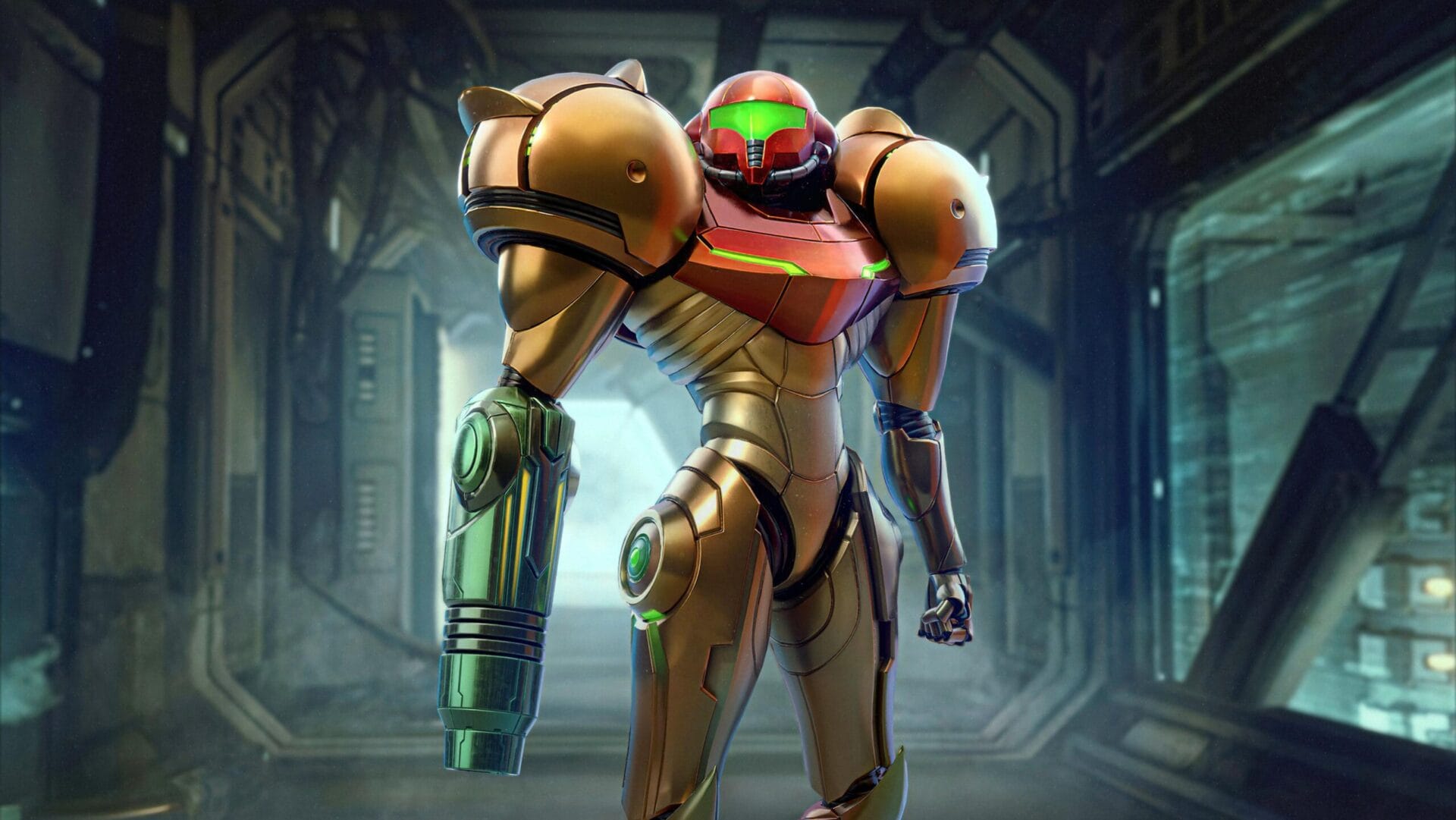Once a year, the entire videogame industry descended upon Los Angeles like a tidal wave of caffeine, neon signage, and barely contained hype. In 2001, the Electronic Entertainment Expo wasn’t just an event—it was a coliseum. Console giants clashed. Developers dropped bombshells. And every square inch of the show floor pulsed with ambition, fear, and a fierce desire to steal the spotlight. For three days, the air buzzed with heat and pre-rendered dreams.
This wasn’t just about the usual back-pats and business cards. E3 2001 marked a true generational shift. Nintendo and Microsoft, one a battle-hardened veteran, the other a brash newcomer, both unveiled their future machines. Sony, already in control, dug in its heels and doubled down.
Demos turned into obsessions. Booths became battlegrounds. And the games—they weren’t just playable, they were seismic. This was E3 at its most electric. And it hasn’t felt quite the same since.
Why E3 2001 Was a Pivotal Year
Rarely does the gaming industry brace for not one, but two major console launches at the very same expo. E3 2001 was a once-in-a-generation convergence point—where the old guard and the disruptors stepped onto the same stage, vying for hearts, minds, and shelf space. Nintendo came armed with nostalgia, polish, and a pint-sized purple box known as the GameCube. Microsoft swaggered in like a tech-world gunslinger, ready to drop the Xbox bomb and rewrite the rules. These weren’t just new systems—they were philosophies in plastic casing, each pitching a radically different future for how games would be played, developed, and connected.
Meanwhile, Sony, having already claimed the throne with the PlayStation 2, wasn’t backing down. It came to E3 not to charm, but to dominate—signaling its ambition to own the living room, internet and all. With these three titans squaring off, the stakes weren’t just high—they were existential.
Yet beneath the surface-level glitz, there was a crackling unease. The dot-com bubble had burst just a year prior, wiping out billions and rattling investor confidence. The ripple effect hit gaming too. Revenue forecasts were missed, stock prices slumped, and several longtime exhibitors quietly bowed out of the expo altogether. The show floor—normally a dense maze of flashing lights and booming speakers—had visible gaps. Empty booths. Abandoned plans.
For an industry obsessed with constant motion, E3 2001 was also a reality check: survival wasn’t guaranteed, and success was no longer about who shouted the loudest—it was about who delivered.
GameCube: A Console with Big Ambitions

It looked more like a toy than a tech revolution. With its quirky lunchbox design, handle on the back, and jewel-toned sheen, the Nintendo GameCube was a deliberate statement: we’re not like them. Underneath the playful exterior, however, beat the heart of a serious contender. Armed with a custom IBM “Gekko” processor and ATI “Flipper” graphics chip, the GameCube was no slouch in horsepower. It didn’t chase DVD playback or multimedia dreams like its rivals—it zeroed in on one thing: gaming. Pure, unfiltered, unapologetic gaming.
E3 2001 was its formal U.S. debut, and Nintendo made sure it left an impression. The GameCube was small, but its ambitions were titanic.
Then came the mic-drop moment. Nintendo announced the GameCube would launch on November 5th at a retail price of just $199. In a year where Sony’s PS2 and Microsoft’s Xbox were both commanding $299, this undercut was surgical. It wasn’t just aggressive—it was strategic warfare. For parents, it meant value. For core gamers, it meant an extra game or memory card in the cart. For competitors, it was a problem. Suddenly, Nintendo’s “kid-friendly” console became a very adult threat.
Nintendo’s booth pulsed with the kind of software lineup that reminded everyone why they were still the gold standard in first-party development. Super Smash Bros. Melee took the spotlight and ran with it—faster, flashier, and tighter than its N64 predecessor, it instantly became one of the most talked-about games of the show. Pikmin, Shigeru Miyamoto’s serene, strategic, and slightly bizarre creation, charmed the press with its originality. And Star Wars Rogue Squadron II: Rogue Leader wasn’t just a pretty face—it was a technical showpiece that looked next-gen, even by future standards. Every playable demo felt like a promise kept.
Strangely absent from much of the show floor buzz was Nintendo’s other new hardware: the Game Boy Advance. Having just launched in Japan a few months prior, and with a North American release weeks away, you’d think it would’ve been front and center. But Nintendo made a clear choice—this was the GameCube’s moment. The GBA was quietly tucked into side displays, shown mostly through third-party titles or multiplayer demos. No spectacle, no spotlight.
Whether it was a strategic retreat or simply poor planning, the GBA’s muted E3 presence was a rare misstep for a company that usually owned handheld hype.
Xbox: Microsoft’s Bold First Step

When Microsoft rolled into E3 2001, it didn’t just unveil a console—it declared war. Towering, heavy, and glowing with radioactive green, the Xbox looked like a black box pulled straight from a sci-fi flick. It was brash. It was untested. And it was the first American console since the Atari Jaguar to truly challenge the Japanese giants. Under the hood, the Xbox boasted a custom Intel CPU, a built-in hard drive, and Nvidia graphics that promised muscle no competitor could match.
Phil Spencer, Seamus Blackley, and The Rock (yes, that Rock) helped Microsoft frame the Xbox not just as a product—but as a movement. The message was clear: Microsoft wasn’t here to play catch-up. It was here to lead.
Despite being the game that would eventually define the platform, Halo: Combat Evolved wasn’t the headliner—yet. The version shown at E3 was still rough, still tethered to its original third-person ambitions, and still looking for its killer hook. It left attendees curious, but not awestruck.
Instead, it was other titles that drew the crowds. Oddworld: Munch’s Oddysee turned heads with its stylized visuals and quirky humor. Project Gotham Racing promised to marry realism with arcade fun. And Dead or Alive 3 wowed with visuals that seemed to stretch the limits of the term “next-gen.”
For all of its hardware bluster, it was the software that softened Xbox’s rough edges. The real eyebrow-raiser? Sega. After bowing out of the hardware race with the Dreamcast, Sega arrived at Microsoft’s booth as a third-party publisher—and brought the house down. Jet Set Radio Future, a sequel to one of the Dreamcast’s most beloved cult hits, lit up the show floor with cel-shaded swagger and attitude to spare. It was loud, fast, rebellious—and crucially, exclusive.
Seeing Sega titles running on Xbox hardware felt like a generational shift in real time. And for longtime Dreamcast fans, it was both surreal and symbolic.
Microsoft dropped its release date with calculated precision—November 8th, 2001. Just three days after the GameCube. It was a bold move, putting the two rookie consoles in direct competition at retail, shelf by shelf, dollar for dollar. Priced identically to the PlayStation 2 at $299, the Xbox positioned itself as a premium powerhouse, loaded with tech and ready to challenge for the throne. Whether it was confidence or audacity, Microsoft didn’t blink. The message? Let the chips fall where they may.
PlayStation 2: Sony Plays the Long Game

Sony didn’t need to steal the show—they were the show. With the PlayStation 2 already enjoying a commanding lead in both global sales and developer support, their E3 2001 presence wasn’t about introducing a new console—it was about reinforcing dominance. Instead of pushing out flashier hardware, Sony leaned into evolution: more features, deeper integration, and a future where the PS2 wasn’t just a console, but the digital heart of your home.
Streaming media, online connectivity, new development tools—it was all part of a grand vision. While Nintendo and Microsoft were launching, Sony was upgrading.
Sony’s announcement blitz was a buffet of partnerships. RealNetworks for streaming video. Macromedia for Flash compatibility. Cisco for IP tech. And AOL—for instant messaging, email, and chat. For 2001, it was ambitious. Bold. Maybe even visionary.
But for some, it also raised eyebrows. Was this the next logical step for gaming, or an overstuffed digital kitchen sink? Critics questioned whether players really wanted their console to become a media hub, while fans debated how many of these features would actually materialize in meaningful ways. It was a bet on convergence, years before the average home was ready for it.
When pressed on the rising competition, Sony’s Jack Tretton made it clear: the PS2’s $299 price tag wasn’t going anywhere. While Microsoft and Nintendo waged a price war around them, Sony exuded quiet confidence. Their strategy? Let the library speak for itself. With Gran Turismo 3, Final Fantasy X, and Metal Gear Solid 2 on the horizon, they didn’t need gimmicks or cuts—they had games.
Sony knew they were already installed in millions of living rooms. The message was simple: why fix what isn’t broken? Buried among the tech-heavy announcements was something that would quietly lay the groundwork for the PS2’s future online ambitions—a 40GB hard drive, scheduled for release later that year. At a time when memory cards maxed out at 8MB, this was a seismic leap.
The hard drive promised faster load times, game installs, downloadable content, and a gateway to an always-connected console. But questions loomed: which games would use it? How much would it cost? Would it be bundled or optional? It was a powerful idea—but still half-formed. Sony was thinking five years ahead. Whether the industry would follow them was another matter entirely.
Games That Drew The Most Attention
Every E3 has its showstoppers—the games with lines so long they wrap around neighboring booths, the demos that inspire whispers and repeat visits. In E3 2001, these games were the undisputed headliners, drawing relentless crowds and relentless praise.
Final Fantasy X (PS2)
Square Enix’s Cinematic Leap: Final Fantasy X was more than just another RPG sequel—it was a revelation. With fully voiced dialogue, sweeping CG cutscenes, and a world brought to life with a level of polish never before seen on console, Square Enix set a new bar for narrative immersion. The PS2’s hardware finally gave the series the cinematic scope it always aimed for, and the crowd at E3 2001 took notice. Every trailer frame and playable snippet oozed ambition. It wasn’t just a game—it was a milestone.
Super Smash Bros. Melee (GameCube)
A Sequel That Stunned Everyone: Even for those who adored the original Smash Bros. on N64, few were prepared for how much Melee would elevate the formula. It was faster, sharper, louder—an adrenaline rush wrapped in fan service. The E3 demo booth became a magnet for onlookers and button-mashers alike, and the game’s visual fidelity alone turned heads. Nintendo had a secret weapon, and it was already fighting dirty in the best way possible.
Jak and Daxter: The Precursor Legacy (PS2)
Naughty Dog Levels Up the Platformer: Naughty Dog ditched the bandicoot and came back with something bigger, smoother, and wildly more ambitious. Jak and Daxter: The Precursor Legacy stunned E3 attendees with its massive seamless environments, no loading screens, and Pixar-like animation. It was colorful, kinetic, and clearly built to show what the PS2 could really do. In a sea of shooters and sequels, it brought charm and craftsmanship.
Star Wars Rogue Squadron II: Rogue Leader (GameCube)
LucasArts Delivers a Visual Tour de Force: The show’s most visually jaw-dropping game? Quite possibly Rogue Squadron II. Running on GameCube hardware that hadn’t even hit shelves yet, the game looked indistinguishable from the films that inspired it—at least, from a few feet away. Exploding TIE Fighters, cinematic trench runs, and a roaring John Williams score blasted from the booth. This wasn’t just fan service—it was proof the GameCube had serious horsepower.
Frequency (PS2)
Harmonix’s Underrated Rhythm Revolution: Tucked away from the glitz and bombast was Frequency, a musical sleeper hit that would eventually help birth Guitar Hero. With its neon tunnels, pulse-pounding beats, and genre-defying gameplay, Harmonix’s rhythm experiment felt like it had been beamed in from the future. It didn’t have the budget of a AAA game, but it had the buzz. Attendees couldn’t stop talking about it—even if they weren’t quite sure how to describe it yet.
Ace Combat 4 (PS2)
Dogfights That Looked Next-Gen: Namco’s Ace Combat 4: Shattered Skies wasn’t just a flight sim—it was a sleek, supersonic showcase for the PS2’s power. The clouds rolled. The missiles roared. And the action moved with cinematic grace. For players who wanted to swap swords and guns for afterburners and barrel rolls, Ace Combat 4 was the real deal. It wasn’t just technically impressive—it felt right in motion.
Virtua Fighter 4 (Arcade)
Arcade Precision in a Booth Near You: Sega’s Virtua Fighter 4 reminded everyone why the franchise was once synonymous with cutting-edge fighting games. Showcased in its arcade form at E3, the game stunned with its fluid animation, rock-solid mechanics, and a level of technical depth that left fighting game fans salivating. Even among flashier competitors, VF4 stood tall—serious, unflinching, and razor-sharp. A fighter’s fighter, through and through.
Beyond the usual suspects, other titles quietly cultivated cult-like attention. Games like Pikmin stirred curiosity with Nintendo’s signature blend of oddball charm and refined polish. Sly Cooper and the Thievius Raccoonus quietly made its debut, showing off fluid animation and comic-book stylings that felt refreshingly unique. ToeJam & Earl III, rising from the ashes of Sega’s funkadelic past, made an unlikely appearance on Xbox hardware, drawing double-takes from retro diehards.
And then there were the hidden gems: Rez, Ico, Blinx: The Time Sweeper—games that didn’t explode on arrival, but whose echoes would ripple across the industry for years to come. These were the moments E3 was made for—the surprises that made veterans lean in, take notice, and maybe—just maybe—fall in love with something new.
Hardware Wars: Who “Won” E3 2001?
E3 2001 wasn’t just about new games—it was a three-way philosophical standoff. Each console on the show floor embodied a radically different idea of what the future of gaming should be.
Nintendo’s GameCube kept it laser-focused: a small, affordable machine designed for pure, high-quality gameplay. No DVDs, no media hub gimmicks, just fast load times and first-party magic. It was a machine for gamers, by gamers.
Microsoft’s Xbox, in contrast, arrived with brute force and swagger. Packed with a hard drive, broadband port, and the raw power of a PC tower, it positioned itself as the forward-looking beast of the bunch. It wasn’t just launching a console—it was establishing a foothold in the living room tech war.
Sony’s PlayStation 2, already a juggernaut, was playing the long game. It pushed deeper integration with the internet, media services, and multimedia capability, aiming to evolve into more than just a game machine. While others introduced themselves, Sony reasserted control.
Each platform had its strengths—and its risks. And for attendees, it wasn’t just about who looked flashiest. It was about who made the most compelling bet on the future. Despite the console arms race, the loudest applause and longest queues weren’t for hardware—they were for games.
The industry came expecting fireworks from new machines, but walked away talking about the experiences: Melee, Final Fantasy X, Rogue Leader, Jet Set Radio Future, Jak and Daxter, Virtua Fighter 4. E3 2001 proved that innovation, artistry, and bold gameplay could outshine tech specs every time. For all the talk of multimedia features and ethernet ports, it was the pixels and polygons on screen that truly set imaginations on fire.
Legacy of E3 2001
The double-punch launches of GameCube and Xbox forever changed the gaming landscape. GameCube brought Nintendo back into the hardware fight with a system built on creative risk—games like Pikmin and Metroid Prime would emerge as instant classics. Meanwhile, Xbox broke the East-West duopoly, introducing online gaming to consoles with Xbox Live. These two systems gave players choices that were as much about identity as hardware specs—did you want colorful innovation, brute power, or the existing PS2 ecosystem? It was a rivalry that would shape console wars for decades.
Despite the towering displays and booming sound systems, the lasting memories weren’t of the booths themselves—they were of the games they housed. It was the thrill of seeing Rogue Squadron II in motion, the first chaotic battles in Melee, the mesmerizing, surreal worlds teased in demos like Jak and Daxter and Halo. E3 2001 reminded everyone why they fell in love with gaming in the first place: because, at its best, it delivers magic in motion. And for three electric days in Los Angeles, the future felt right there, ready to be played.

